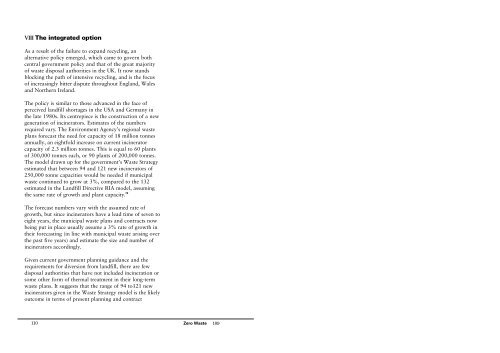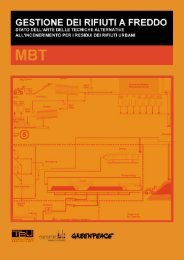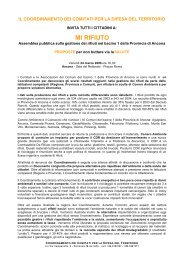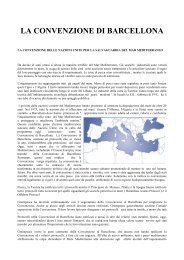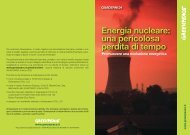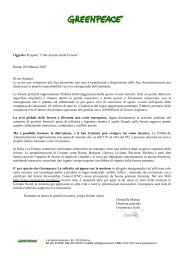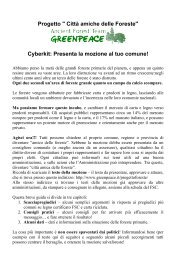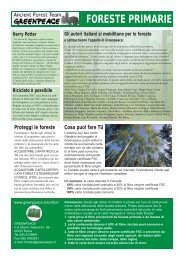Zero Waste by Robin Murray, Greenpeace Environmental Trust 2002
Zero Waste by Robin Murray, Greenpeace Environmental Trust 2002
Zero Waste by Robin Murray, Greenpeace Environmental Trust 2002
You also want an ePaper? Increase the reach of your titles
YUMPU automatically turns print PDFs into web optimized ePapers that Google loves.
VIII The integrated option<br />
As a result of the failure to expand recycling, an<br />
alternative policy emerged, which came to govern both<br />
central government policy and that of the great majority<br />
of waste disposal authorities in the UK. It now stands<br />
blocking the path of intensive recycling, and is the focus<br />
of increasingly bitter dispute throughout England, Wales<br />
and Northern Ireland.<br />
The policy is similar to those advanced in the face of<br />
perceived landfill shortages in the USA and Germany in<br />
the late 1980s. Its centrepiece is the construction of a new<br />
generation of incinerators. Estimates of the numbers<br />
required vary. The Environment Agency’s regional waste<br />
plans forecast the need for capacity of 18 million tonnes<br />
annually, an eightfold increase on current incinerator<br />
capacity of 2.3 million tonnes. This is equal to 60 plants<br />
of 300,000 tonnes each, or 90 plants of 200,000 tonnes.<br />
The model drawn up for the government’s <strong>Waste</strong> Strategy<br />
estimated that between 94 and 121 new incinerators of<br />
250,000 tonne capacities would be needed if municipal<br />
waste continued to grow at 3%, compared to the 132<br />
estimated in the Landfill Directive RIA model, assuming<br />
the same rate of growth and plant capacity. 72<br />
The forecast numbers vary with the assumed rate of<br />
growth, but since incinerators have a lead time of seven to<br />
eight years, the municipal waste plans and contracts now<br />
being put in place usually assume a 3% rate of growth in<br />
their forecasting (in line with municipal waste arising over<br />
the past five years) and estimate the size and number of<br />
incinerators accordingly.<br />
Given current government planning guidance and the<br />
requirements for diversion from landfill, there are few<br />
disposal authorities that have not included incineration or<br />
some other form of thermal treatment in their long-term<br />
waste plans. It suggests that the range of 94 to121 new<br />
incinerators given in the <strong>Waste</strong> Strategy model is the likely<br />
outcome in terms of present planning and contract<br />
110<br />
<strong>Zero</strong> <strong>Waste</strong><br />
109


